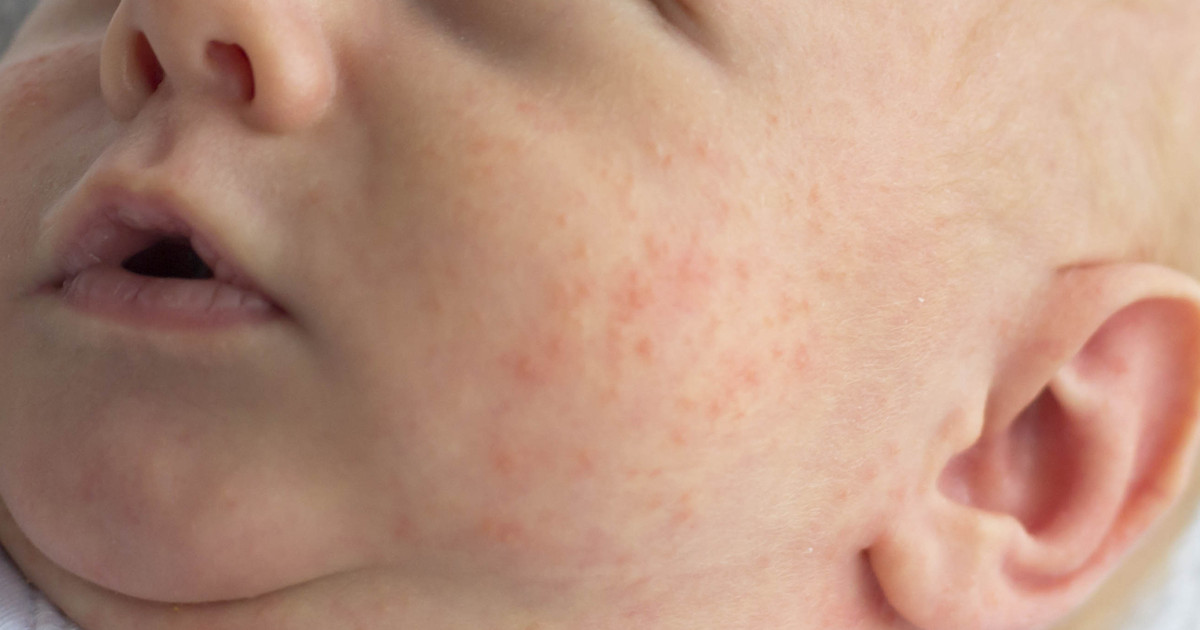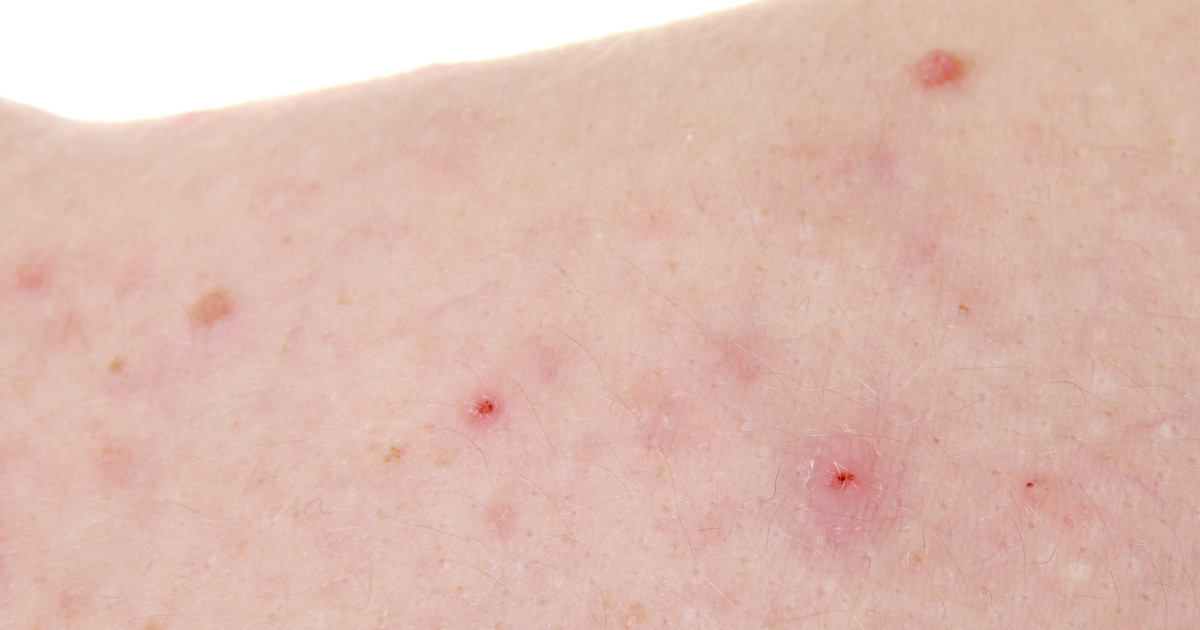What Are The Different Types Of Acne?
Baby Acne

As the name suggests, baby acne is acne that develops on a newborn's skin. Also known as neonatal acne, the condition occurs in roughly twenty percent of newborns. Patients with baby acne will have small bumps on the face and body, and the bumps are usually red or white. Bumps are most common on the cheeks, neck and upper back. Although baby acne may be present at birth, it typically develops in the first two to four weeks after birth. The condition might persist for days or weeks, and some cases of baby acne could last for months. Baby acne could look similar to eczema, milia, or erythema toxicum. Over-the-counter products should never be used to treat baby acne. Instead, parents should keep the newborn's face clean by washing it daily with warm water. The face should be washed with a gentle, circular motion; scrubbing could irritate the skin. While nearly all cases of baby acne resolve on their own without treatment, parents may wish to take their newborn to a pediatrician for an evaluation. For severe or persistent cases of baby acne, the doctor might prescribe a 2.5 percent benzoyl peroxide cream. An antibiotic may be considered to prevent permanent scarring.
Learn more about the different types of acne and acne conditions now.
Acne Mechanica

Acne mechanica is a type of acne produced when the skin is exposed to excessive amounts of heat and friction. It can also form if too much weight is placed on the skin regularly, and it may be aggravated by perspiration. Acne mechanica is particularly common in students, athletes, musicians, and military personnel. Backpack straps, musical instruments, athletic helmets, bra straps, and tight-fitting clothing can place pressure on the skin and trap heat, potentially allowing the formation of acne mechanica. While this type of acne looks very similar to regular acne, it tends to appear only on certain areas of the body, and often goes away with changes in activity or equipment. For example, an athlete who has acne during the sports season could notice their acne completely resolves once the season is finished. A student with acne on the back and shoulders during the academic year may notice it disappears during the summer. Both of these cases would suggest a diagnosis of acne mechanica.
Over-the-counter creams that contain benzoyl peroxide or salicylic acid are often highly effective for the treatment of acne mechanica. It can also help minimize the amount of time spent wearing tight-fitting hats and synthetic fabrics. For athletes and others who must wear uniforms made of synthetic fabrics, wearing a cotton shirt underneath the uniform could be beneficial. If over-the-counter treatments and lifestyle modifications are ineffective after three months, the patient should consider making an appointment with a dermatologist. The doctor can prescribe stronger medicines and offer personalized advice on lifestyle modifications for this condition.
Uncover more details on the various forms of acne and acne conditions now.
